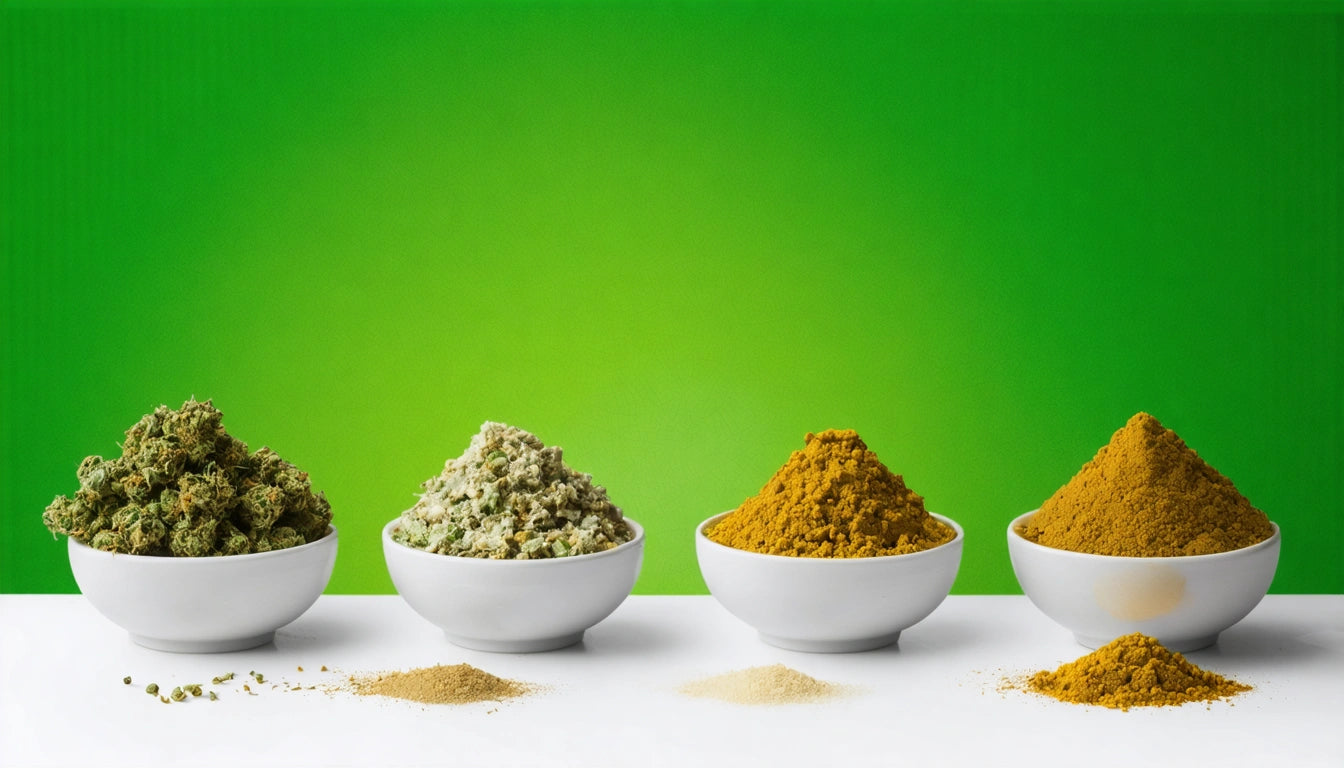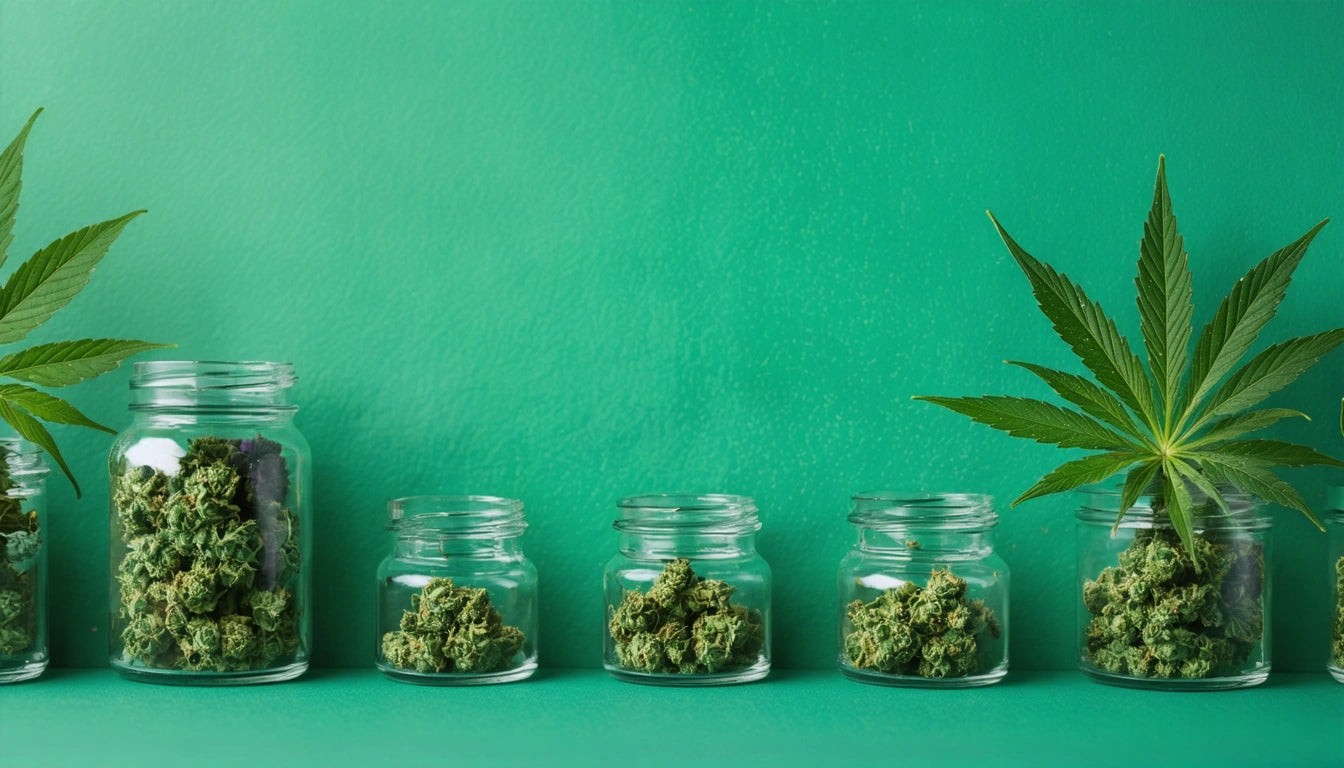Table of Contents
Cannabis contaminant testing is a critical component of product safety that ensures consumers receive clean, safe products. As the cannabis industry matures, testing standards have become increasingly rigorous to protect public health and build consumer confidence. This comprehensive guide explores the various contaminants tested in cannabis products, why they matter, and how the testing process works.
Importance of Contaminant Testing in Cannabis
Contaminant testing serves as the foundation of consumer safety in the cannabis industry. Unlike conventional agricultural products, cannabis is often consumed through inhalation or concentrated forms, making the presence of contaminants potentially more harmful. According to industry standards, comprehensive testing is essential for several reasons:
- Protecting vulnerable consumers, including medical patients with compromised immune systems
- Ensuring product consistency and quality
- Meeting regulatory compliance requirements
- Building brand trust and reputation
- Reducing liability risks for producers and retailers
The importance of proper testing equipment cannot be overstated. Many producers rely on specialized processing equipment for sample preparation to ensure accurate and consistent test results across batches.
Types of Contaminants in Cannabis Products
Cannabis products can contain various contaminants that originate from cultivation, processing, or storage conditions. Each type requires specific testing methodologies to detect and quantify.
Pesticide Testing
Pesticide residues represent one of the most common contaminant concerns in cannabis. These chemicals can concentrate during extraction processes, making them particularly problematic in concentrates and edibles. Full panel testing typically screens for dozens to hundreds of different pesticide compounds, depending on the regulatory jurisdiction.
Common pesticides tested include:
- Myclobutanil (Eagle 20)
- Imidacloprid
- Bifenthrin
- Abamectin
- Spiromesifen
The allowable limits for these compounds vary by state or country, with some markets implementing zero-tolerance policies for certain pesticides.
Microbial and Mold Testing
Microbial contaminants include bacteria, fungi, molds, and yeasts that can grow on cannabis plants during cultivation or after harvest. Common microbes tested include:
- Aspergillus species
- Total yeast and mold counts (TYMC)
- E. coli and Salmonella
- Aflatoxins and mycotoxins
Mold is particularly concerning because some species produce mycotoxins that can cause serious health issues when inhaled or ingested. This is why batch testing is critical to catch contamination before products reach consumers.
Heavy Metals Testing
Cannabis plants are known bioaccumulators, meaning they absorb and concentrate metals from their growing environment. Testing typically focuses on the "big four" heavy metals:
- Lead (Pb)
- Arsenic (As)
- Cadmium (Cd)
- Mercury (Hg)
Some advanced testing protocols also screen for chromium, nickel, and copper. Heavy metals are particularly concerning because they can cause long-term health issues and cannot be removed once present in the plant material.
Residual Solvents
For concentrates and extracts, residual solvent testing is essential to ensure that chemicals used during processing have been properly purged. Common solvents tested include:
- Butane
- Propane
- Ethanol
- Acetone
- Isopropyl alcohol
The Certificate of Analysis (COA) will typically list these solvents and their detected levels compared to allowable limits.
Testing Methods and Technology
Cannabis labs use sophisticated equipment and methodologies to detect contaminants, often at parts-per-billion levels. Common analytical techniques include:
- High-Performance Liquid Chromatography (HPLC) for pesticides and mycotoxins
- Gas Chromatography-Mass Spectrometry (GC-MS) for residual solvents
- Inductively Coupled Plasma Mass Spectrometry (ICP-MS) for heavy metals
- Polymerase Chain Reaction (PCR) for microbial contamination
- ELISA testing for specific pathogens
The accuracy of these tests depends heavily on proper sample collection and preparation. This is why many producers invest in quality control equipment and protocols to ensure consistent testing results.
Regulatory Requirements Across Markets
Testing requirements vary significantly across different jurisdictions. As outlined in state-by-state testing requirements, some markets have extremely stringent standards while others are still developing comprehensive frameworks.
Key differences include:
- The number of pesticides screened (ranging from dozens to hundreds)
- Acceptable limits for various contaminants
- Required testing frequency and batch sizes
- Specific requirements for different product categories
Producers operating across multiple markets must navigate these varying requirements, often defaulting to the strictest standards to ensure compliance everywhere they operate.
What Happens When Products Fail Testing
When cannabis products fail contaminant testing, producers face several potential outcomes, as detailed in this guide on failed tests. Options typically include:
- Remediation (for certain contaminants)
- Reprocessing into different product forms
- Destruction of the contaminated batch
- Retesting with a different lab (where permitted)
The financial impact of failed tests can be substantial, which is why many producers emphasize prevention through good agricultural and manufacturing practices.
The Future of Contaminant Testing in Cannabis
As the industry evolves, contaminant testing continues to advance in several ways:
- Standardization across markets to create consistent safety benchmarks
- Development of rapid testing technologies for on-site screening
- Integration with potency testing for comprehensive product profiles
- Enhanced consumer education about interpreting lab results and making informed choices
- Greater transparency through QR codes linking to complete test results
The push toward third-party testing continues to strengthen, as it provides greater credibility and consumer confidence compared to in-house testing programs.
As testing technology improves and becomes more accessible, we can expect to see more comprehensive screening becoming the industry standard, further protecting consumers and legitimizing cannabis as a mainstream product category.











Leave a comment
All comments are moderated before being published.
This site is protected by hCaptcha and the hCaptcha Privacy Policy and Terms of Service apply.